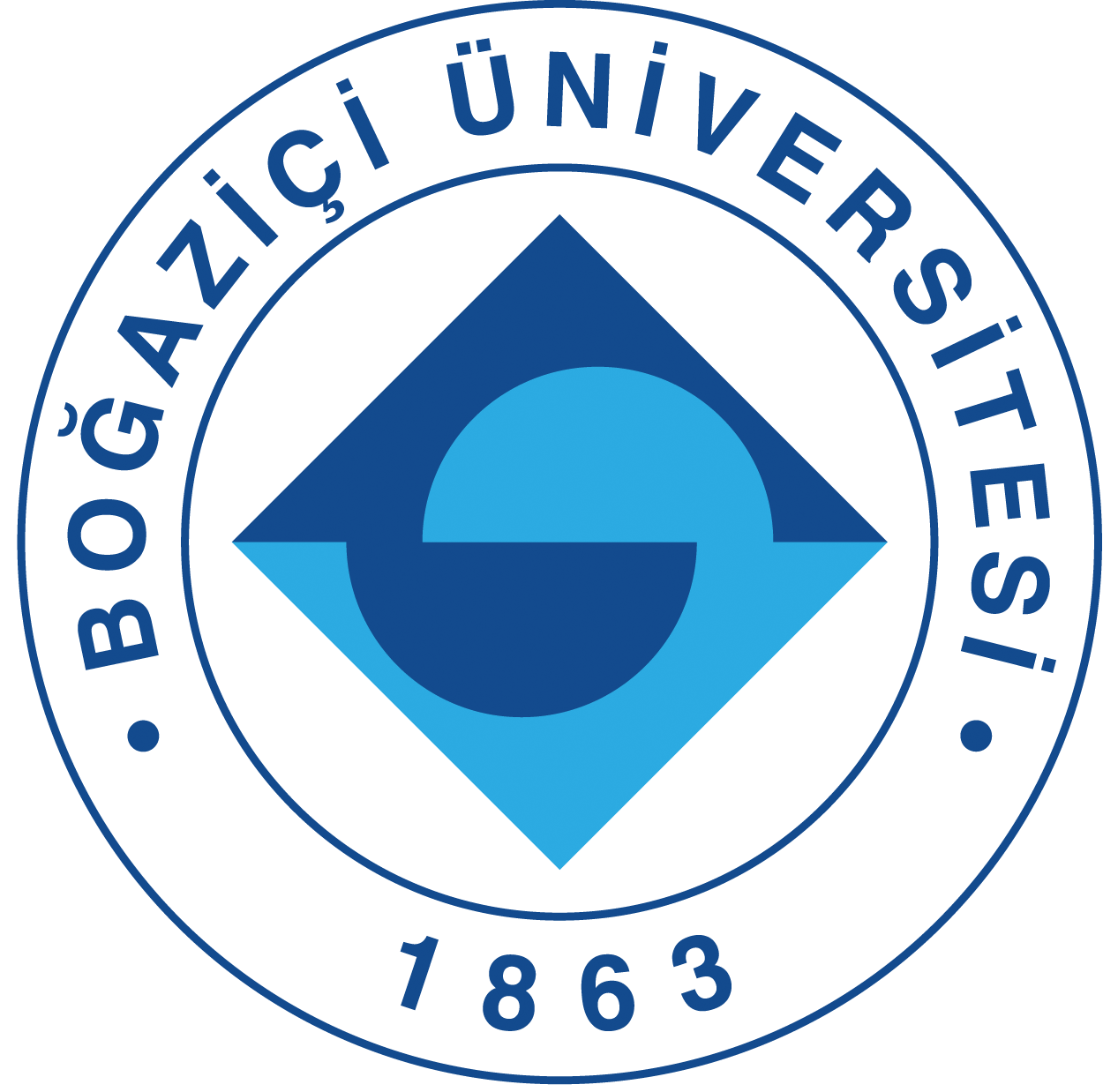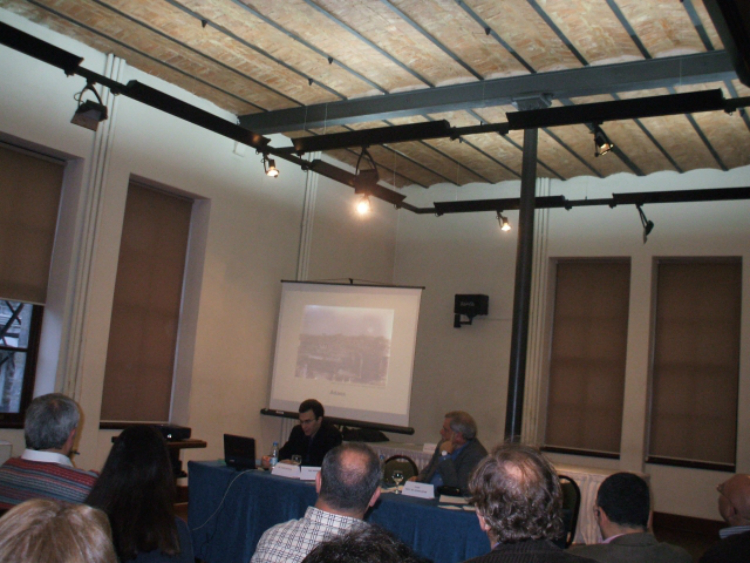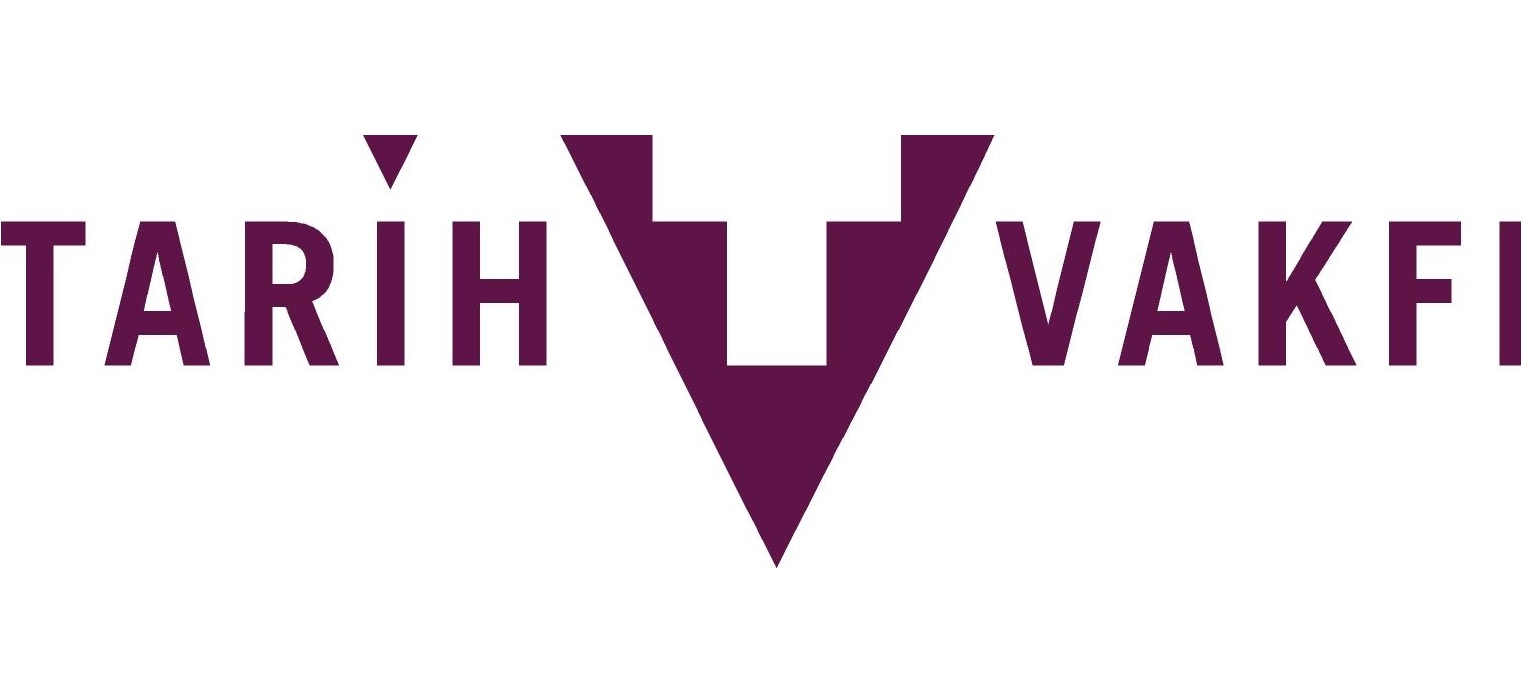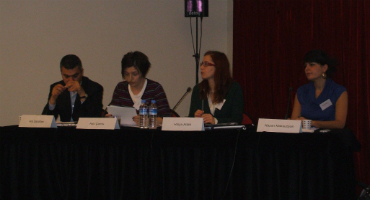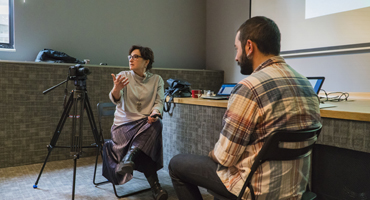The conference entitled ‘The Social and Economic History of Adana and the Region,’ jointly organised by the Hrant Dink Foundation, Boğaziçi University Atatürk Institute, and the Foundation of Social and Economic History of Turkey, took place at the Boğaziçi University on 21st of November 2008.
The workshop topics were determined by a scientific committee including Prof. Dr. Zafer Toprak, Prof. Dr. Çağlar Keyder, Prof Dr. Ayhan Aktar and Dr. Cengiz Aktar, who stated that Adana and its periphery became subject to very few researches as compared to the western regions of Turkey, and that well deserve a greater attention by Turkish scholars and by members of international academia. The audience actively participated in the discussions held during the conference which focused on the positive and negative aspects of conducting regional (micro) historical research in the light of wholistic (macro) historical perspectives.
The presentation entitled ‘From Nomadic Life to Commercial Agriculture in Adana: Birth of a Regional Economy,’ delivered by the keynote speaker Assistant Associate Professor Meltem Toksöz, an associate lecturer at the Boğaziçi University Department of History,was particularly interesting since the researcher put the Adana periphery itself into the centre of her arguments. This presentation which explained how, with the establishment of the Republic, capital ownership held by the members of various communities shifted to Muslim capital owners that supported the new regime and who later on became first the region’s then the country’s most important capital owners was followed by another presentation on the German Levanten Cotton Corporation, by Dr. Hilmar Kaiser, who did his thesis on this very subject.
Prof. Dr. Halis Akder, from the Department of Economics at the Middle East Technical University, offered a genuine viewpoint on the subject of human involvement in the Çukurova region through his work on the comparative analysis of cotton production in the regions of Agaen and Çukurova.
Ara Sarafian from the London Gomidas Institute, and Dr. Vahe Tachjian of the Berlin Centre of Literature and Culture Research, both posed criticism against the insufficient coverage of Armenians of Adana in both Turkish and Armenian history in their presentations. Sarafian and Tachjian mainly pointed out the cultural and identity problems in Adana’s history. Ara Sarafian talked about the re-organization of the “millet system” in 19th century within the Ottoman Empire and its implications on the Armenian community and the Armenians of Adana. Drawing on Armenian resources, the study explains how the “Armenian Nation” formulated its language and education policies at the National Assemblies of 1830 and 1860; which also had an impact on Armenians in the Adana region, who became active members of the Armenian Nation, without ceasing to be part of the Ottoman society. Vahe Tachjian’s presentation addressed the issue of settlements by the Turkish Speaking Armenians from Adana who had not taken part in the insurgency movements, and who chose to migrate to Beirut after forced migration. This presentation was particularly important in terms of indicating how Armenians from Adana contributed to the creation of Middle Eastern Armenian identity.
Prof. Dr. Zafer Toprak from Boğaziçi University Atatürk Institute presented his research on the movement of workers and capital in the region of Adana basing his arguments on on the records of early 20th century taken from the Ministry of Agriculture and Commerce as well as the First and Second International Cotton Congress that took place in the Republican era.
The conference on Friday, 21st of November was followed by a roundtable discussion at the Bilgi University, Santalistanbul on November 22nd. In addition to the speakers who presented their works in the previous day conference, there were about twenty researchers present at the roundtable discussions, who elaborate and study on a new way of history-writing.
The highlights of the discussions were a late-coming popular romantic view on ethnic communities in the late Ottoman Empire, paradigms of Imperial Decline and the formation of national identity, and the purposeful choice of specific records by archivers serving to the interest of particular ideologies. The fact that there is a need for historians to work with other social scientists so that in their analyses they can dive the deep into the breaking points existing between historical approaches, the need for using social psychology studies especially the field of oral history, and for formulating a new generic discourse against the nationalist discourse, were among the proposals made for future research.
